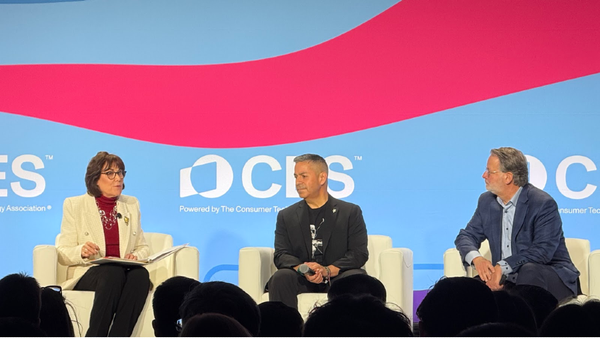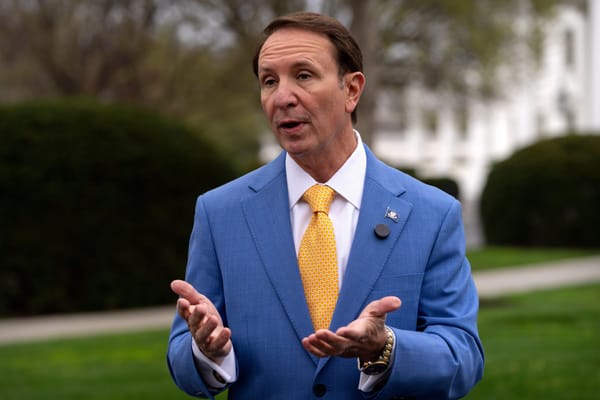Trade Associations Recommend BEAD Low Cost Reforms
A letter to the NTIA suggested steps to decrease low-cost service option burden on ISPs.
Teralyn Whipple

WASHINGTON, July 24, 2024 – A group of over 30 trade associations suggested remedial steps to adjust the Broadband Equity, Access and Deployment program’s low cost requirement in a letter to the National Telecommunications and Information Administration Tuesday.
“Without significant and immediate changes of approach toward its implementation, we are concerned the program will fail to advance our collective goal of connectivity for all in America,” read the letter, which was signed by representatives from ACA Connects, the Fiber Broadband Association, the National Tribal Telecommunications Association, the Rural Broadband Association, USTelecom – the Broadband Association, and many more state associations.
The NTIA, which administers the $42.5 billion Broadband Equity, Access and Deployment program, “strongly encourages” states to set a fixed rate of $30 per month for the low-cost service option. States are required to include provisions for low-cost service options as part of their broadband deployment plans and must work with service providers to develop those plans.
“For a broad cross-section of America’s rural broadband providers, the $30 rate is completely unmoored from the economic realities of deploying and operating networks in the highest cost, hardest-to-reach areas that BEAD funding is precisely designed to reach,” read the letter.
It claimed that some states had received political pressure to accede to a $30 rate for low-cost service option, directly contravening the language of the Infrastructure Investment and Jobs Act which states that “nothing in this title may be construed to authorize the NTIA to regulate the rules charged for broadband service.”
“A low-cost option at the unrealistically low rates NTIA has been approving means most providers will not be able to sustain these networks over the long term and so will lack a business case to participate in the program,” warned the associations. “This is made all the more evident by the fact that NTIA requires providers to lock in this low-cost service option rate for the ‘useful life’ of the network, which NTIA defines as ten years post-deployment, and likely at least fifteen years after providers actually submit their bids.”
As such, the group of trade associations recommended that the NTIA require each state to revise the low-cost option rate in its initial proposal so that the rate is more reasonable in regard to costs, clarify that the rate approved in the initial proposal should last for two years and be adjusted after that time, ensure that providers can confirm eligibility for the low-cost service through the existing National Lifeline Eligibility Verifier and issue guidance that the rate is the effective rate after applying any applicable federal or state subsidies.
In May, Commerce Department Secretary Gina Raimondo was pressed by U.S. Senators on the department’s execution of the low-cost requirement and whether the department’s practices are crossing into the territory of rate regulation.
The questioning focused on feedback from Virginia, where state officials were reportedly asked to provide “an exact price or formula” for low-cost service plans under the BEAD initiative. Raimondo defended the department’s actions by emphasizing Congress gave Commerce the dual mandate to connect every American to affordable, high-speed internet – without engaging in rate regulation – under the IIJA.
On the same day, NTIA Administrator Alan Davidson faced similar scrutiny from House Republicans during an oversight hearing. Davidson reinforced the department's stance, saying the statute of IIJA requires a low-cost option.
It is a condition to get a federal grant, and NTIA does not believe states are engaging in rate regulation, Davidson said. Participation in the program remains voluntary for service providers.
The NTIA has guided states to either define a low-cost price point or develop a formula for setting such rates. Of the states with NTIA approval, most have gone with a $30 or $50 per month cap for low-cost plans.
Also in May, a letter on behalf of rural broadband providers called on the NTIA to take greater consideration of small providers while reviewing state BEAD proposals.
Issued by Shirley Bloomfield, CEO of The Rural Broadband Association (NTCA) on May 21, the letter asked the NTIA to avoid imposing artificially low-cost options on providers. Bloomfield said that in awarding broadband deployment grants, NTIA should not automatically choose ISPs that promised the highest matching funds, an approach that would help to ensure small providers can compete for grants.










Member discussion